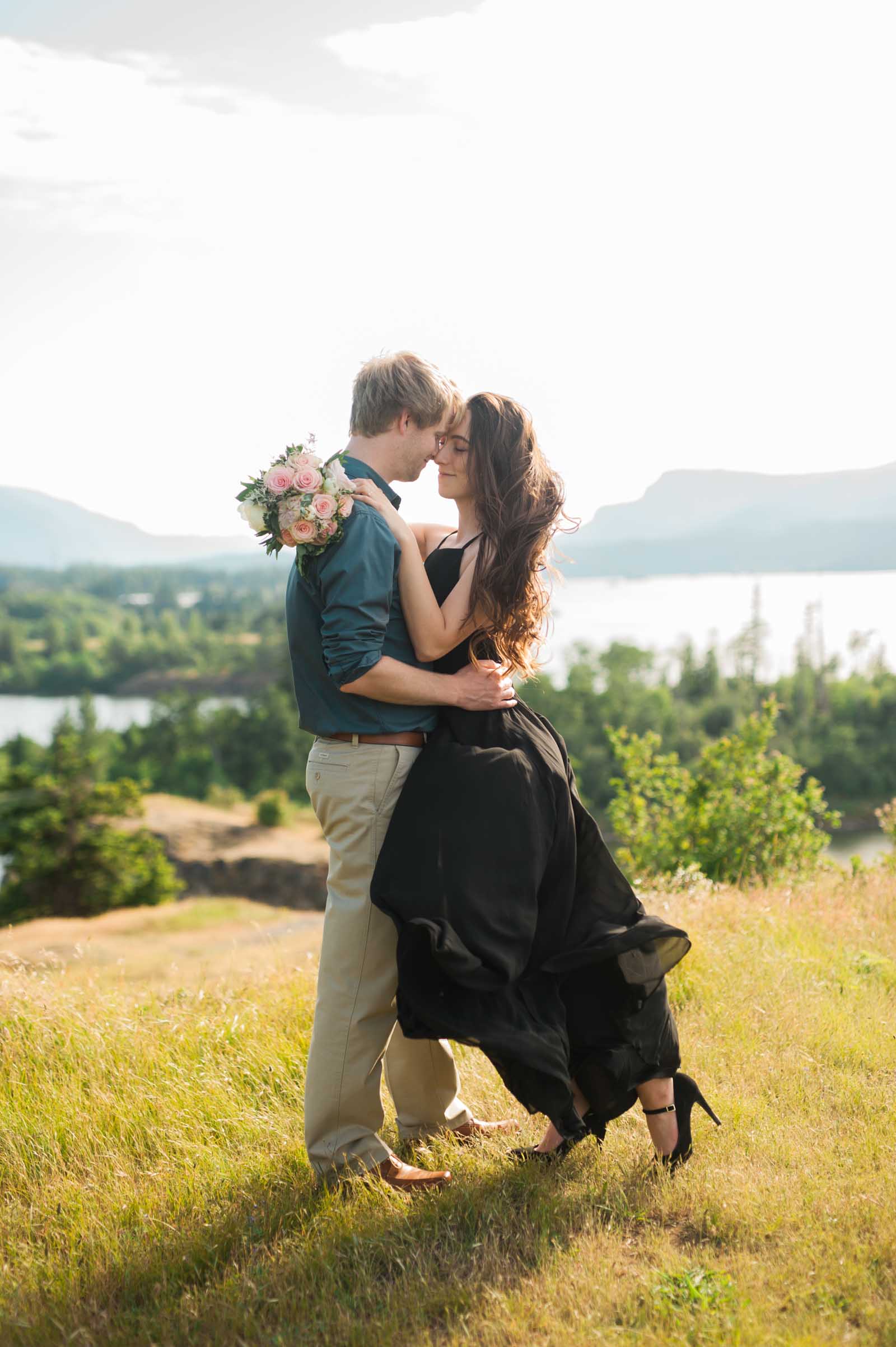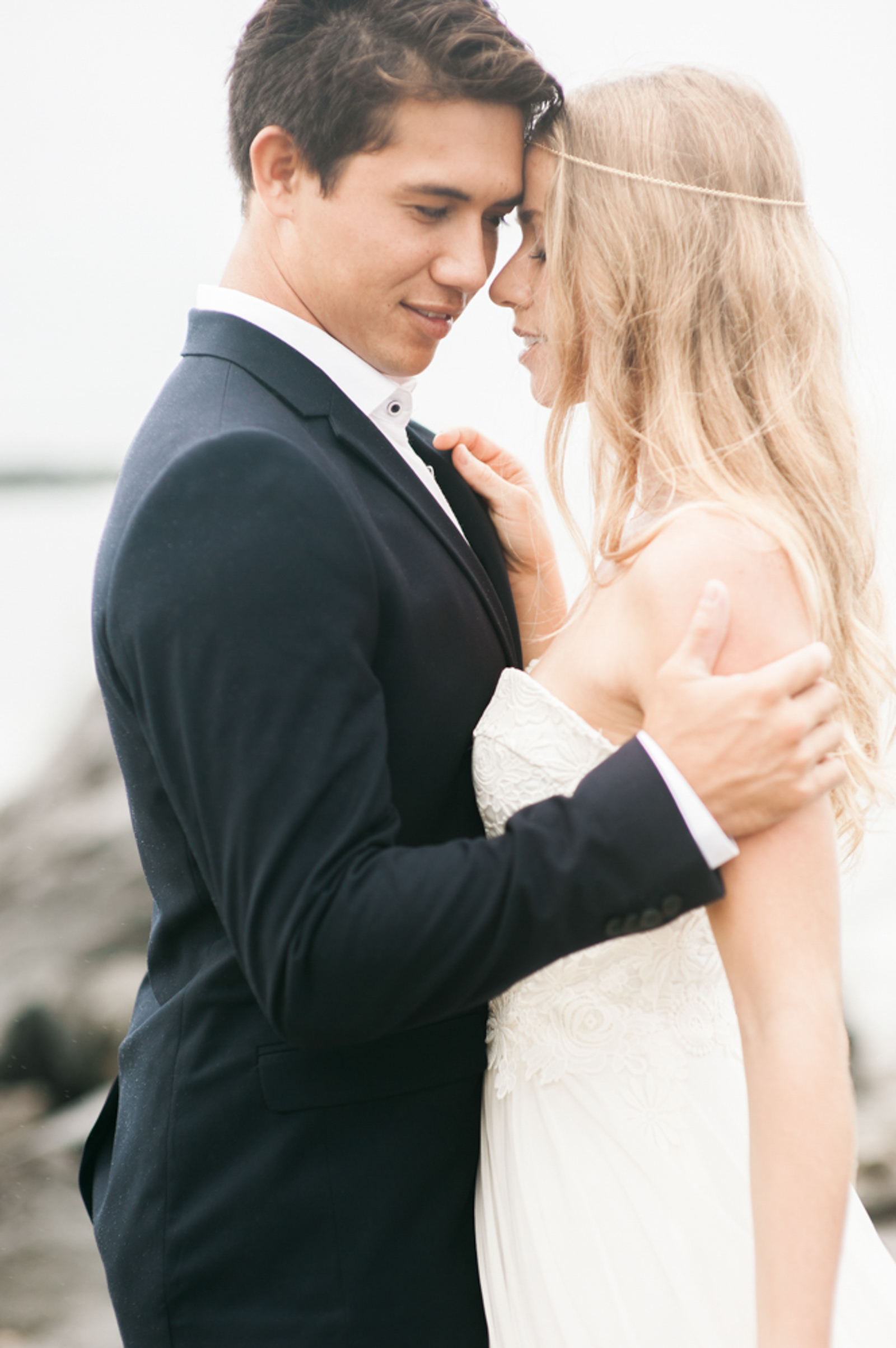Capturing memories that last a lifetime requires an eye for detail and a deep understanding of wedding photography. It’s about more than just pointing a camera; it’s about creating enduring images that tell the unique story of each couple’s big day. Every click is an opportunity to freeze a moment in time, preserving the laughter, the tears, and the joy. To truly excel, you must explore various wedding photography styles, allowing the couple’s personality to shine through each frame. Consider diverse wedding photography packages that accommodate different preferences and budgets, ensuring you provide the perfect match for their needs. By mastering these techniques, you create a portfolio of stunning, timeless images that keep the magic of their special day alive forever.
Understanding Your Equipment
Knowing your equipment inside out is crucial when aiming for exceptional results in wedding photography. It begins with understanding each feature and setting your camera offers. Familiarity with your resources ensures you capture every special moment seamlessly and adapt to varying lighting conditions or unforeseen scenarios that often arise during weddings.
Your camera settings play a pivotal role in defining the quality of your photographs. Whether it’s ISO for adjusting sensitivity to light or the shutter speed for capturing motion, each parameter contributes to the final image. A well-adjusted aperture can create beautifully blurred backgrounds, making the couple stand out, highlighting the theme of their day and making it memorable.
Lighting techniques form another essential part of mastering your gear. Balancing natural and artificial light can dramatically enhance your photographs’ mood. For example, using a diffuser during an outdoor ceremony to soften harsh sunlight can create an ethereal look, allowing the couple’s emotions to take center stage. Playing with shadows and highlights can add depth and drama to your images.
Invest in a variety of lenses to transform your wedding photography style. Wide-angle lenses capture group shots, while prime lenses are perfect for detailed, intimate portraits. Understanding when and where to use each type can boost your versatility and creativity, offering clients a well-rounded experience that enhances your wedding photography packages.
Remember, having backup equipment is not simply a luxury but a necessity. You wouldn’t want a breakdown to force you to miss critical moments. Extra batteries, memory cards, and even an alternative camera body ensure you’re prepared for any technical issues, allowing you to focus on delivering the best results in wedding photography.
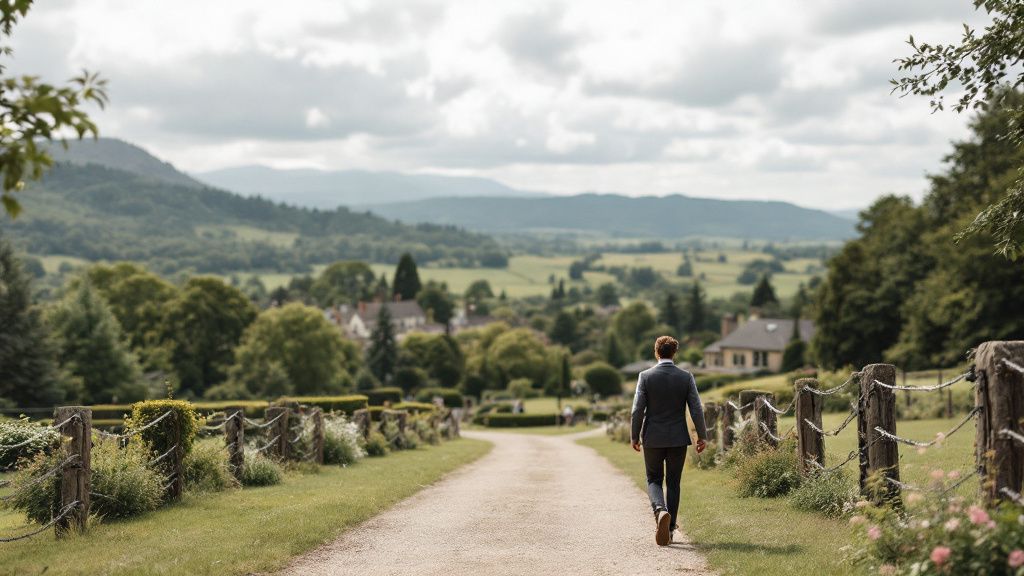
Scouting the Venue
Scouting the venue is an essential part of preparation that can make a significant impact on your wedding photography results. Walking through the location beforehand gives you a sense of the space, lighting, and potential challenges. Knowing the layout allows you to plan where to position yourself for key moments, whether it’s capturing the couple’s first kiss or the lively dance floor.
A shift in mindset during venue scouting is crucial for developing creative wedding photography styles. Instead of focusing solely on picturesque spots, consider how ordinary areas might transform with thoughtful composition and lighting. Changing your perspective to see the venue as an ever-changing canvas opens up opportunities for more dynamic and compelling shots.
Take note of specific details such as unique architectural elements or natural beauty features, like a garden or grand staircase. Incorporating these backdrops can enhance the elegance and emotional depth of your photographs. Discussing these observations with the couple helps you align your vision with theirs, creating a more personalized experience that’s reflected in their wedding photography packages.
Effective venue scouting also involves assessing potential lighting situations at different times of the day. Sunlight filtering through stained-glass windows or the soft glow of evening chandeliers can add a magical touch to your images. Being prepared for these scenarios ensures you can adapt your techniques for outstanding wedding photography.
Interacting with the Couple
Effective interaction with the couple ensures you capture their true essence and emotions. Establishing a comfortable atmosphere allows them to be themselves, resulting in more authentic and cherished images. Open communication about their vision and expectations helps tailor your wedding photography styles to suit their unique personalities and the mood of their big day.
On one hand, some couples might see the engagement as a purely formal affair where professionalism is key. Meanwhile, others argue that a friendly, personal connection enhances the experience, leading to natural expressions and candid moments. Adapting to both perspectives not only broadens your approach but also enriches the quality of the final images.
Listening actively to the couple’s preferences and ideas allows you to customize wedding photography packages that reflect their personal taste. Suggesting creative poses and settings based on their story can lead to personalized and meaningful compositions. Engaging them in the creative process often results in more expressive and memorable photographs that they will treasure.
Building rapport with the couple extends beyond the shoot. Frequent check-ins and collaborative planning sessions prove invaluable, as they reinforce trust and rapport. By the time the wedding day arrives, this established connection ensures you work seamlessly together to achieve breathtaking photography and capture the joy and love that define the occasion.
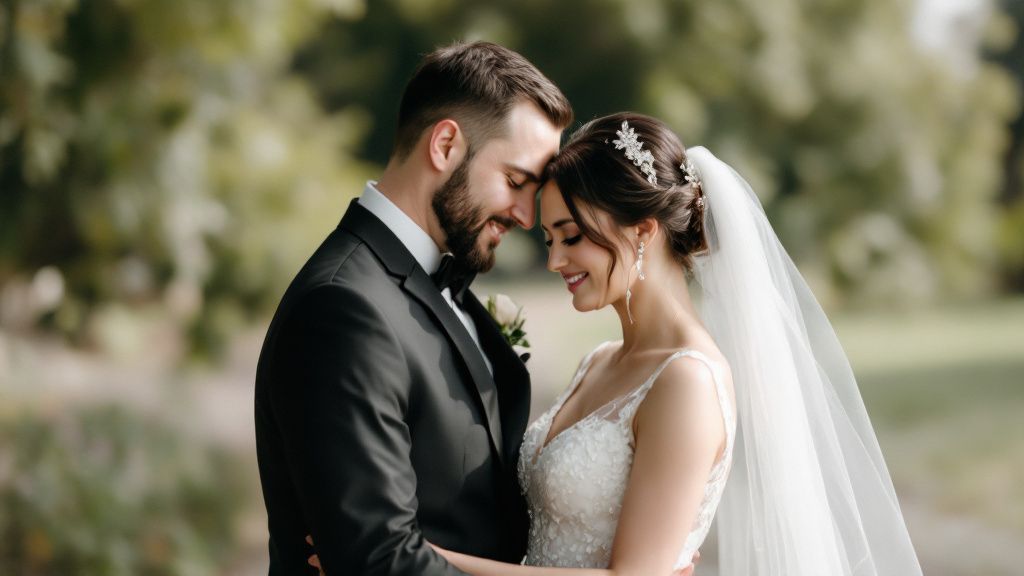
Candid vs. Posed Shots
Balancing candid and posed shots is an essential skill in wedding photography. Candid shots capture spontaneous emotions, allowing you to document genuine interactions and fleeting moments of joy. They offer a natural glimpse into the day’s events, portraying the couple and guests in their most authentic forms. These images emphasize the raw emotion and excitement that come naturally during a wedding.
Posed shots, in contrast, allow you to craft more controlled and intentional images. This style is particularly useful for capturing the couple in their finest attire and creating timeless portraits. Posed shots provide an opportunity to guide the couple and bring out their best angles, ensuring the results are both flattering and artistic. They are often cornerstone images that end up in portfolios or selected wedding photography packages.
Looking ahead, the evolution of wedding photography is expected to blur the lines between candid and posed styles. Photographers may find themselves incorporating candid techniques into posed moments to create more relaxed and authentic images. This trend towards more naturalism responds to couples’ increasing desire for photos that reflect their true personalities, bringing a fresh dynamic to wedding storytelling.
As technology evolves and photography equipment becomes more advanced, accessibility to diverse styles will expand. This advancement suggests that photographers can innovate and refine their approach, creating images that merge the best elements of both candid and posed photography. This future outlook indicates a promising era of creativity in crafting personal and memorable wedding stories.
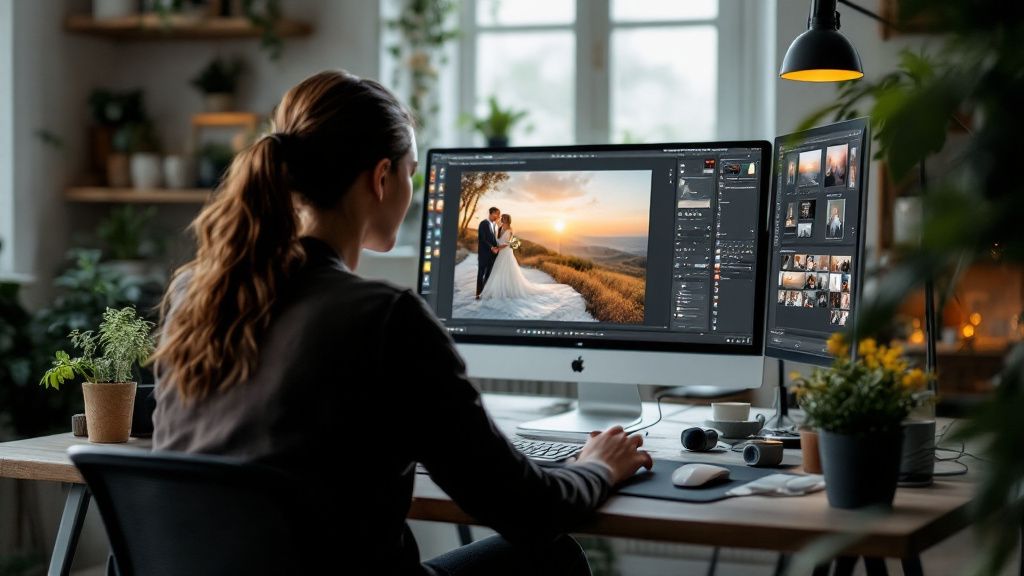
Editing and Post-Production
Editing and post-production are pivotal in transforming raw images into polished masterpieces. This phase allows you to refine images captured during the wedding day, adjusting elements like color balance, exposure, and contrast to enhance their appeal. Skilled editing brings out the emotional depth and vibrancy of these moments, ensuring that each photograph vividly tells the couple’s story.
What most people don’t see about editing is the meticulous attention to detail that makes all the difference. Behind the scenes, it involves selecting the best shots from hundreds or even thousands taken. This curation process is crucial for delivering a cohesive set of images that flow seamlessly. Whether creating a vintage look or maintaining crisp modernity, your post-production work defines the overall wedding photography style.
Using advanced tools, like Adobe Lightroom or Photoshop, you can correct imperfections and add creative effects to elevate the imagery. Subtle enhancements, such as softening skin tones or highlighting eyes, contribute to a professional and polished finish. It’s a balance of enhancing the image while preserving its natural beauty, ensuring the final photographs align with the expectations outlined in wedding photography packages.
Emphasizing a consistent style across the entire album is another critical aspect of post-production. This consistency is not just artistic but also essential for the couple’s experience when revisiting their big day. Through uniform application of filters and effects, the album becomes a cohesive narrative, capturing the essence of the celebration in every shot.
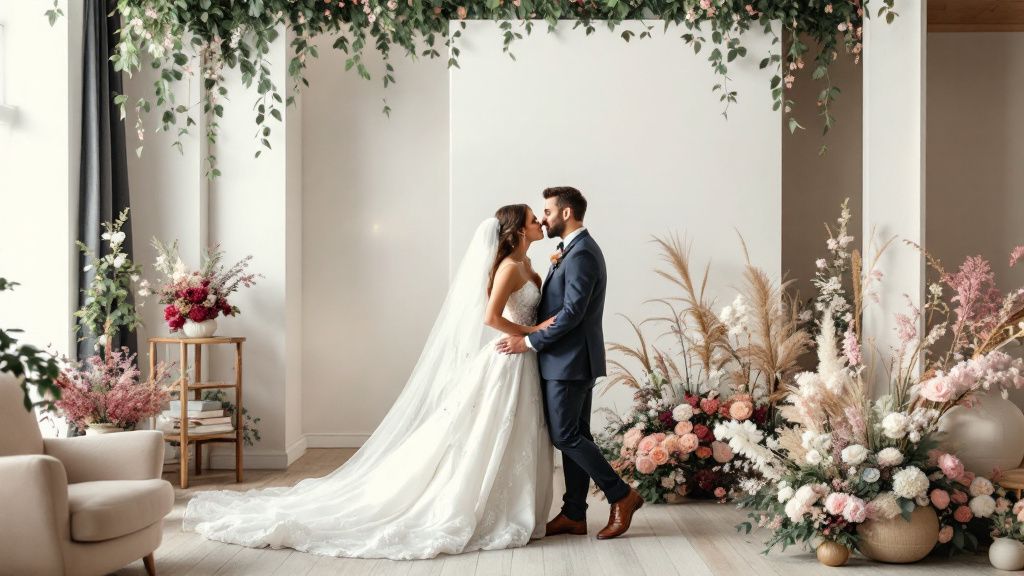
Building Your Wedding Photography Portfolio
Building your wedding photography portfolio requires showcasing a diverse range of skills and styles. Start by selecting images that highlight different aspects of wedding photography, such as candid moments, posed portraits, and intricate details. A well-rounded portfolio attracts a wider audience and demonstrates your versatility, catering to couples with varied tastes looking for personalized wedding photography packages that reflect their vision.
Comparing digital vs. print portfolios reveals distinct advantages for each. A digital portfolio is dynamic and easily accessible, perfect for clients to browse conveniently online. It allows you to update frequently and incorporate multimedia elements like slideshows or videos. In contrast, a print portfolio provides a tactile experience, offering clients an intimate look at your work’s quality and detail. Both formats serve different purposes and can appeal to different client preferences.
Include testimonials and stories behind some featured images, illustrating your ability to connect with couples and understand their needs. Highlighting these personalized experiences not only enriches your portfolio but also adds a personal touch that appeals to prospective clients. This storytelling aspect can set your wedding photography apart and build trust, assuring clients they will receive a style and experience tailored to their wedding day dreams.


